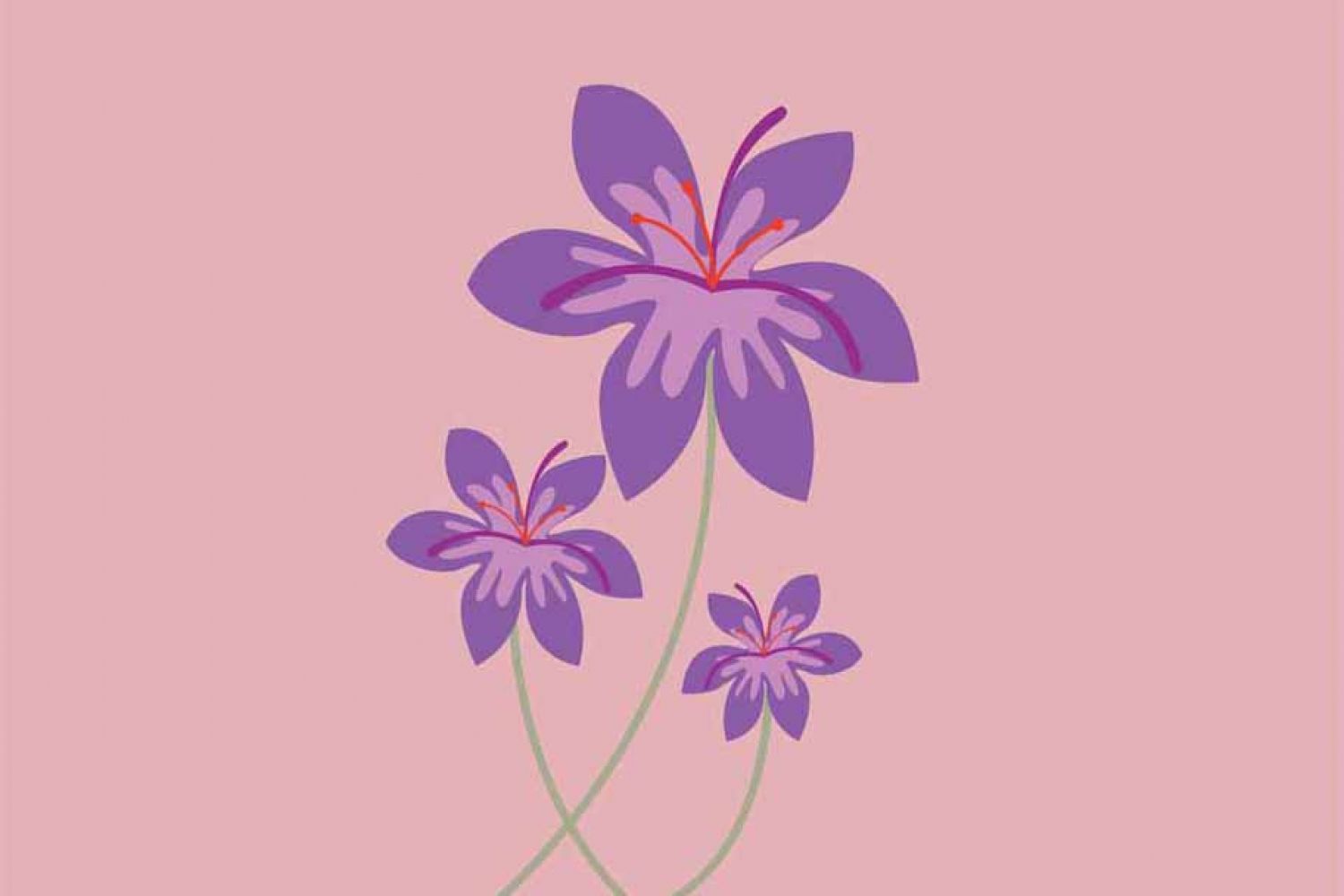
The year was 1985. Harpreet Singh Chhabra, managing director
of the 175-year-old company Baby Brand Saffron, was on his fifteenth visit to
the Kashmir valley; this time for his honeymoon. He had been going there for as
long back as he could remember. The Amritsar-based business his grandfather had
set up was based on saffron: the family has been important dealers in the spice
for nearly two centuries.
As Harpreet and his bride lounged in a shikara on Dal lake,
a small boat came up next





